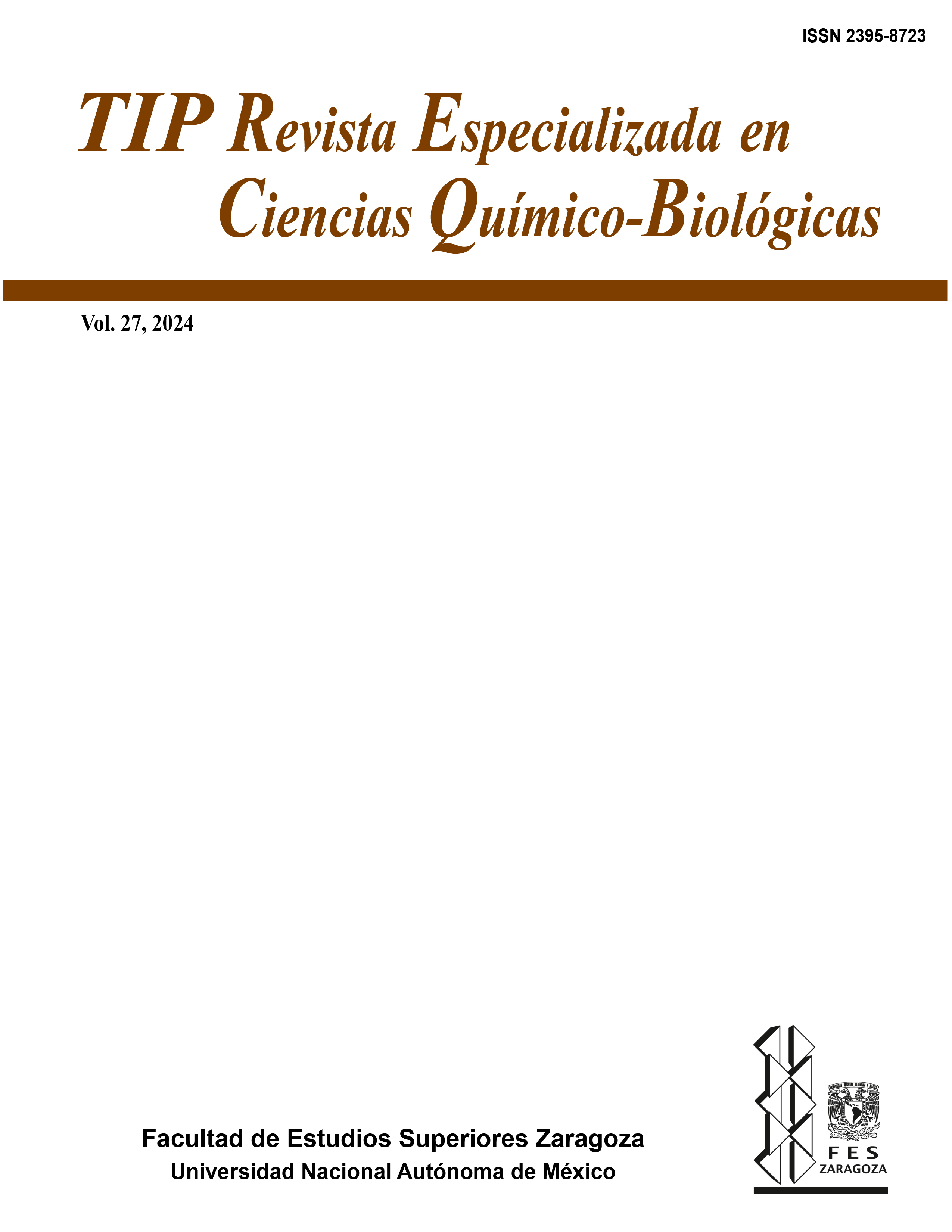Abstract
Phosphate (Pi) is essential for plant growth, but its uptake is inefficient due to its limited mobility in the soil and its conversion into insoluble forms. In response to this deficiency, plants have developed adaptive responses known as Phosphate Starvation Responses (PSR) that involve physiological and genetic adaptations. Genetic regulation ofPSR is critical, and the transcriptional factor PHR1 (Phosphate Starvation Response1) acts as a master modulator that coordinates multiple signaling pathways. Control ofPHR1 activity occurs at the post-translational level by SPX modifying proteins. Additionally, PHR1 is phosphorylated at the S11 residue by kinases of the SnRK1 family and this phosphorylation has a negative effect on its transcriptional activity. PHR1 has been shown to directly downregulate the expression of genes related to the immune response, including several genes involved in the jasmonic acid (JA) and salicylic acid (SA) pathways, which are crucial in defense against root-colonizing microorganisms. Studies with synthetic microbial communities (SynCom) support the idea that plants establish a functional response to Pi deficiency due to the presence of microorganisms in their roots. To carry out this function, there must be a balance between the nutrient deficiency response network and the immune response that allows these organisms to favor the uptake of nutrients. This suggests that plant roots have evolved alongside beneficial microorganisms to deal with the lack of this nutrient. This review highlights the key features of PHR1, its role in stimulating the response to Pi deficiency, and its ability to regulate the expression of genes involved in the immune response. The provided data help to understand that PHR1 serves as a point of convergence, coordinating and integrating signaling mechanisms to combat the lack of Pi. Additionally, it regulates the association with microorganisms that could aid in the uptake of this nutrient.
TIP Magazine Specialized in Chemical-Biological Sciences, distributed under Creative Commons License: Attribution + Noncommercial + NoDerivatives 4.0 International.







